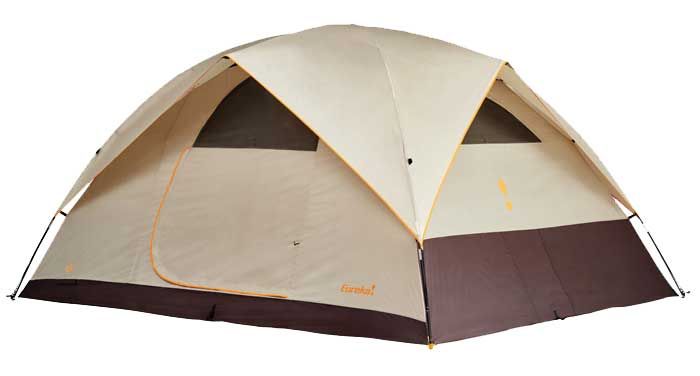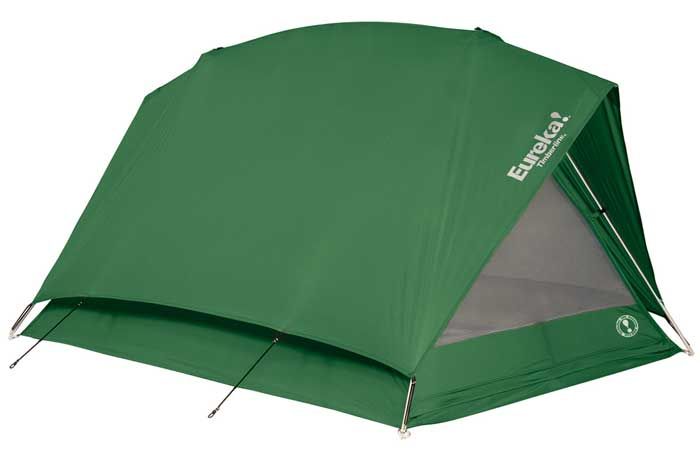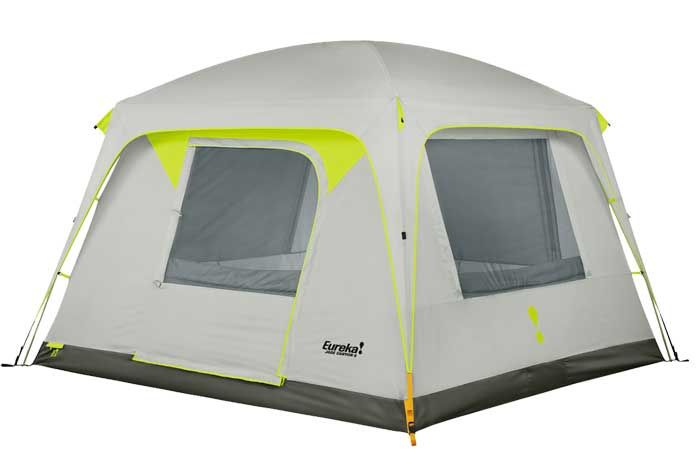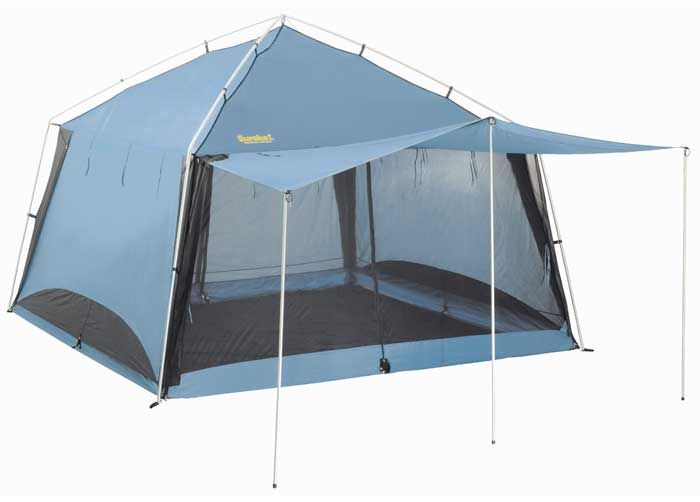Tent Selection Tips
There are many different types of campers, and each has very different needs when it comes to shelter. Backpackers favor lighter, smaller tents that make for easy packing and transport. Family campers tend to worry less about weight and portability, instead focusing on size and comfort. We offer a wide-range of tent sizes and styles to accommodate every type camper. To ensure that you choose the perfect tent, ask yourself the following questions.
How many people does the tent need to sleep?
This also includes thinking about how much interior floor space you want. Backpackers tend to go with fewer square feet per person. For portability, this keeps weight & pack size down. Campers often like to buy a floor size bigger than the number of people that will actually sleep in the tent. This leaves room for gear, the dog, and that queen-sized airbed.
- Comfortable for one person
- Lightweight
- Compact
- Versatile
- Multiple sizes for 2-4 people
- Lightweight
- Durable
- Easy to set up
- Versatile
- Multiple sizes for 4-12 people
- Roomy
- Well-ventilated
- Easy to set up
- Designed with large windows and entry doors
What style of tent is right for you?
Different tent styles offer certain advantages and disadvantages based on the application. Dome and A-frame style tents are streamlined and easy to set up, making them perfect for backpacking or trekking. Larger tents, such as Cabin style or Screen Houses, require more time and labor to set up, but offer occupants unrivaled ventilation, head room, and floor space.

- Good interior space
- Rounded, streamlined shape adds strength and good wind resistance
- Quick, easy set up
- Freestanding - don't need to be staked to be supported, but should be staked in wind or open areas

- Simple, lightweight design
- Good ventilation
- Easy set up
- Freestanding
- Good room at the floor, less at the top

- Spacious head room and floor space
- Can hold many people
- Nearly vertical walls (good for cots)
- Good ventilation

- Provide a cool relaxation area away from bugs, sun and rain
- Can hold many people
- Excellent ventilation
In what seasons and conditions do you camp?
Choose gear designed for that season. You might think that the technical 4-season tent represents the pinnacle of design and therefore the best option; but if you camp mostly in the summer you’ll likely be disappointed. A tent designed to keep out driving rain and snow will also keep out a cooling summer breeze.
- Generally very inexpensive
- Typically "fair weather" tents
- Most popular
- Strong enough to handle rain in spring, summer or fall
3.5 Season and 4 Season Tents
- Heavier construction with a lower profile, designed to withstand more wind stress & heavier snow loads than a three-season tent
- These tents are made of higher grade fabrics and contain more poles for added strength, total coverage fly's and full vestibules
- Can be hot and heavy when used in moderate weather
How often do you camp?
If you plan to use the tent more than 2-3 times a year, it’s worth investing in a model with a durable aluminum frame, higher waterproof coatings, and a heavy-duty floor. If you only camp occasionally, you might prefer to spend the money on more floor space or a separate screen house.
7000 Series Aluminum Frame
4 season and performance use. Premium quality aluminum for rigid or pre-bent framework. Excellent stability, lightest weight, most compact, very easy field assembly.
Seamless Aluminum Frame
3-4 season use. Diameter varies depending on tent model. Very good strength, great stability, lightweight, very easy field assembly. No seams to split.
Fiberglass Frame
3 season use. Most economical framework for holding a curve or arc. Good strength, good stability, easy field assembly.
Steel Frame
3 season use. Good strength, good stability. Chain corded for easy field assembly.
How important is weight and pack size?
If you are a backpacker, it is important to consider that you will be carrying this tent on your back for days at a time. A careful balance between comfort and size/weight is essential. Weight and pack size might also matter more to a paddler, pack rafter, or someone with a compact car.
Whether you’re taking a solo day hike, or heading out with your favorite people for a weekend away in the woods, we’ve got you covered. For more help choosing a tent check out our buying guide.
